
Bulgogi is a beloved Korean dish known for its rich flavors and tender beef. This dish has a fascinating history and has evolved over time, making it a popular choice in both Korean and international cuisine. I can share with you eight of the best bulgogi recipes that will enhance your cooking experience and impress your family and friends.
Each recipe highlights different ingredients and cooking methods, allowing you to explore the versatility of bulgogi. Whether you prefer traditional or innovative takes, these recipes are crafted to bring out the best in this classic dish. Enjoying bulgogi can be a delightful culinary journey.
1. Traditional Korean Bulgogi

Traditional Korean bulgogi is marinated beef that is grilled, pan-fried, or stir-fried. The name “bulgogi” means “fire meat” in Korean, referring to the cooking method. I appreciate how this dish combines savory, sweet, and slightly smoky flavors.
Making bulgogi is relatively easy and quick. First, I slice the beef thinly against the grain to ensure tenderness. Then, I prepare a marinade using soy sauce, sugar, sesame oil, garlic, and pepper. This adds rich flavor to the meat.
I usually marinate the beef for at least 30 minutes. If I have more time, I let it marinate for a few hours or overnight for deeper flavor.
To cook, I heat a pan over medium-high heat and add the marinated beef. I cook it for about 5 to 7 minutes, stirring often to ensure even cooking. Once the meat is browned and fully cooked, I serve it hot.
Bulgogi can be enjoyed on its own, with rice, or wrapped in lettuce leaves for a fresh bite. This simple yet delicious dish is a staple in Korean cuisine that I always enjoy sharing with others.
2. Spicy Pork Bulgogi
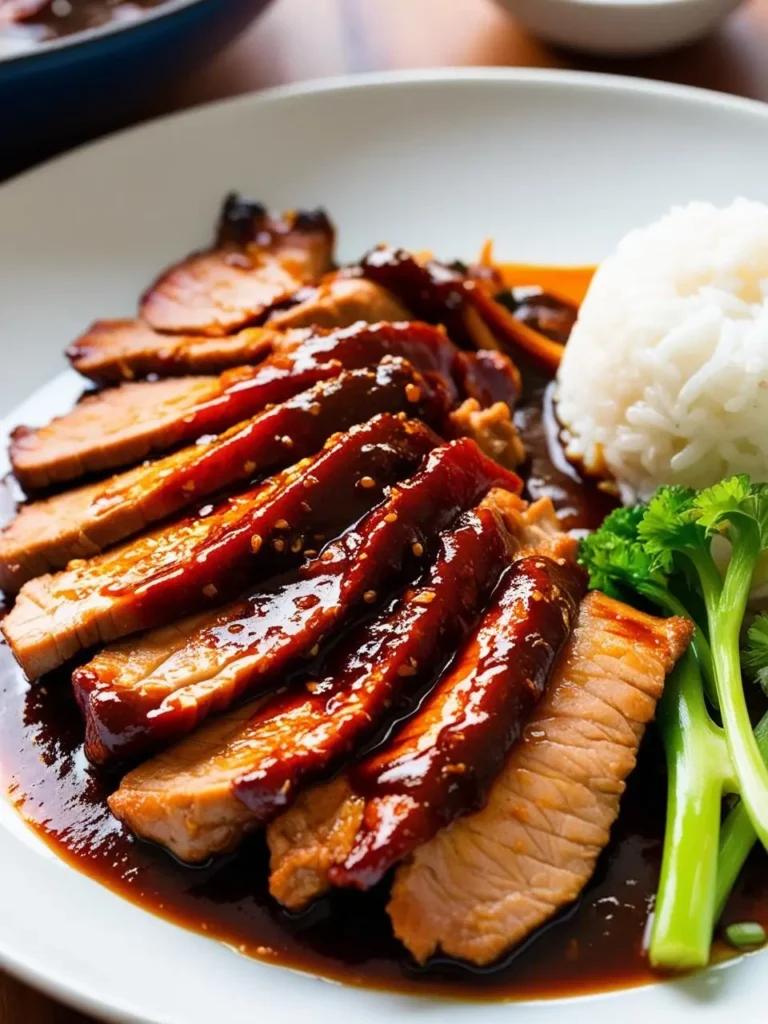
Spicy Pork Bulgogi is a delicious Korean dish made with thinly sliced pork marinated in a flavorful sauce. The marinade typically includes gochujang (Korean chili paste), soy sauce, garlic, and sugar, giving it a nice balance of heat and sweetness.
I find this recipe quite easy to prepare. With only a few ingredients and steps, it’s perfect for a weeknight meal. Here’s how I make it:
- Prepare the Marinade: In a bowl, I mix 3 tablespoons of gochujang, 2 tablespoons of soy sauce, 1 tablespoon of sugar, and 2 minced garlic cloves.
- Marinate the Pork: I slice 1 pound of pork shoulder into thin pieces and add it to the marinade. I let it sit for at least 30 minutes, but longer is even better for deeper flavor.
- Cook: In a heated skillet, I add the marinated pork. I cook it for about 10-15 minutes, stirring occasionally, until it’s fully cooked and slightly caramelized.
This dish is often served with rice and vegetables, making it a complete meal. Enjoy the bold flavors and satisfying taste of my Spicy Pork Bulgogi!
3. Beef Bulgogi with Pear Marinade
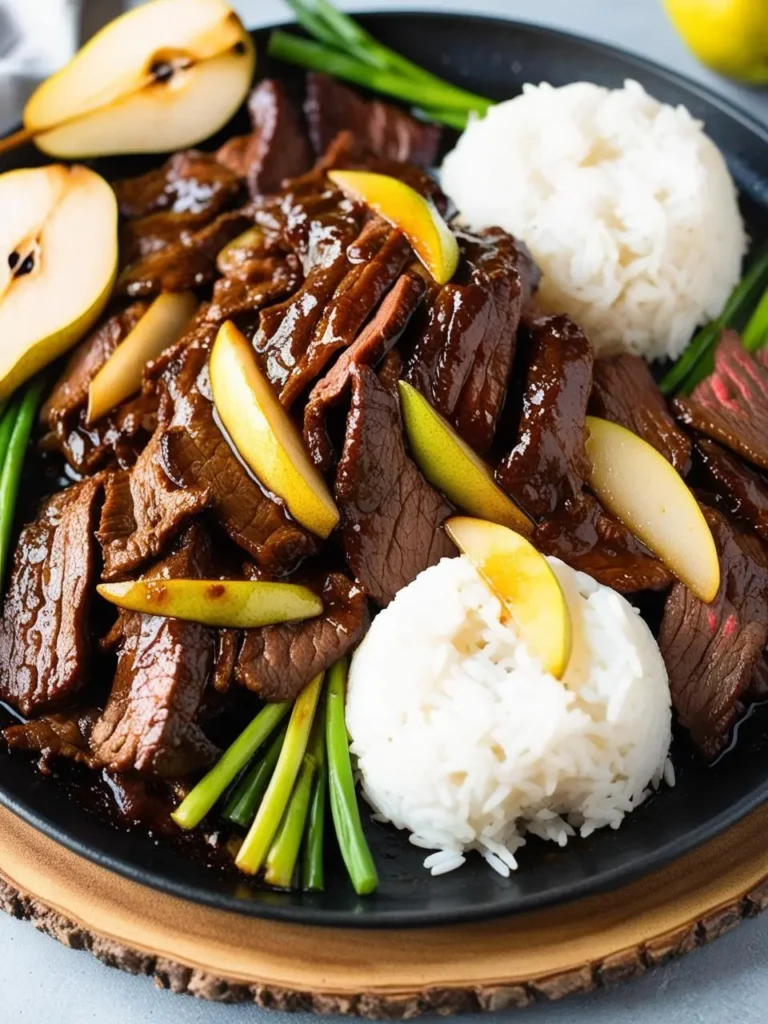
Beef Bulgogi with pear marinade is a delicious Korean dish. The marinade features ingredients like soy sauce, sugar, and pear, which tenderize and flavor the beef. Using pear gives the dish a unique sweetness.
This recipe is quite easy to make. It requires a bit of prep but is perfect for a weeknight meal or special occasions.
Here’s how to prepare it:
- Slice the Beef: Start with 1 pound of thinly sliced beef sirloin.
- Make the Marinade: In a bowl, combine ¼ cup soy sauce, 2 tablespoons sugar, 2 tablespoons sesame oil, 1 tablespoon minced garlic, and ½ grated pear.
- Marinate: Place the sliced beef in the marinade for at least 30 minutes, or up to 2 hours for deeper flavor.
- Cook the Beef: Heat a pan over medium-high heat. Cook the marinated beef for about 5-7 minutes, until fully cooked.
- Serve: Enjoy the beef bulgogi with steamed rice and vegetables.
This dish captures the sweet and savory flavors that make bulgogi a favorite. It is a simple way to enjoy a taste of Korean cuisine at home.
4. Bulgogi Tacos
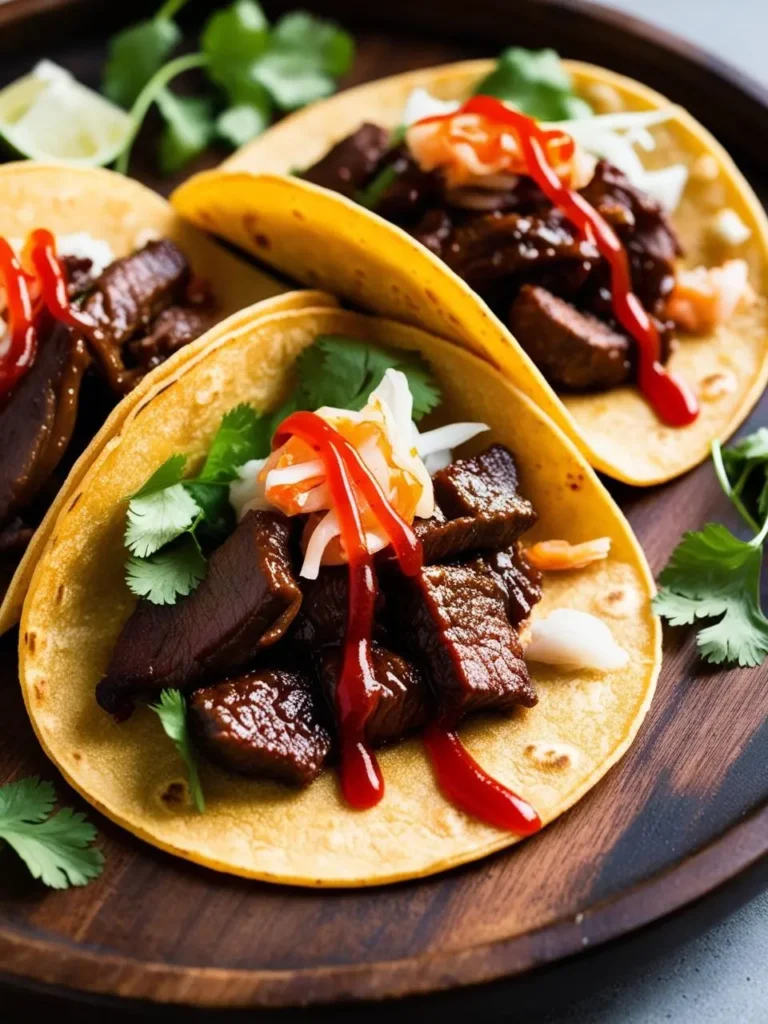
Bulgogi tacos are a delicious fusion dish that combines Korean marinated beef with traditional taco elements. Bulgogi means “fire meat” in Korean. This dish is easy to make and perfect for a quick meal.
To prepare bulgogi tacos, I first marinate thinly sliced beef in a mixture of soy sauce, sugar, garlic, sesame oil, and pepper. I recommend marinating for at least 30 minutes to enhance the flavor.
Next, I cook the beef in a hot pan or grill for about 5-7 minutes, until it is cooked through. I can then warm up some tortillas in another pan. For serving, I add the cooked bulgogi on the tortillas and top them with fresh ingredients like kimchi, cilantro, and a drizzle of sriracha.
These tacos bring a unique taste and showcase the flavors of both Korean and Mexican cuisine. Making bulgogi tacos is a great way to impress family and friends with a simple yet flavorful dish.
5. Bulgogi Kimchi Fried Rice
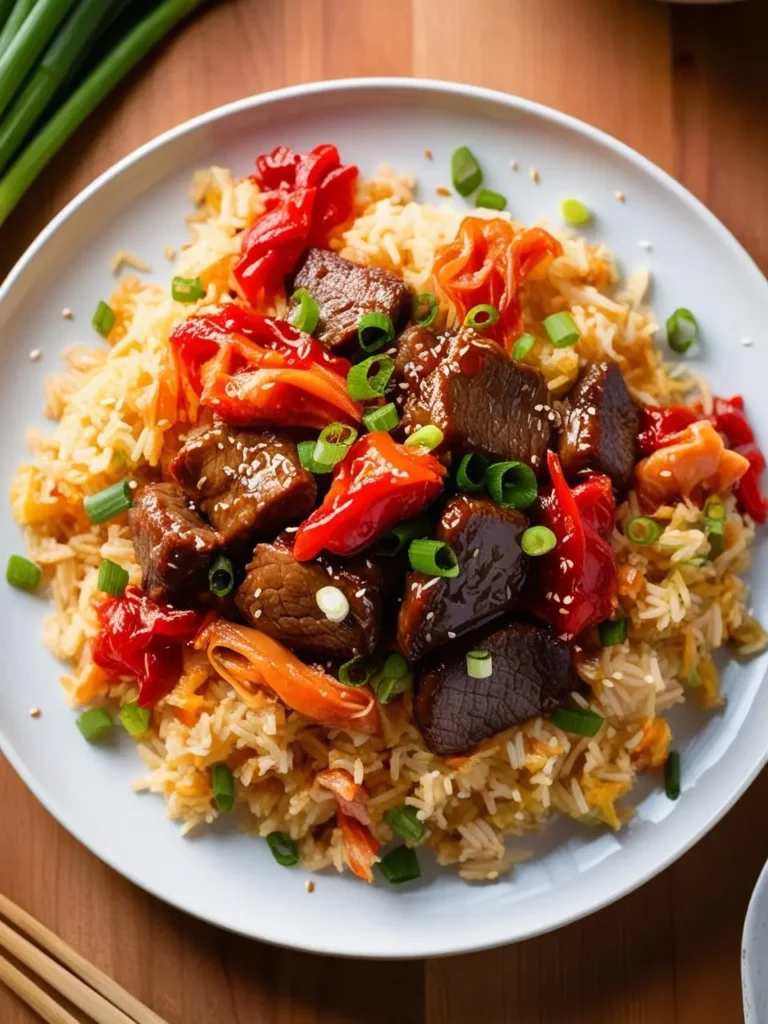
Bulgogi Kimchi Fried Rice is a delicious and satisfying dish. It combines tender marinated beef, tangy kimchi, and fluffy rice. This dish is easy to make and perfect for using leftover rice and bulgogi.
To prepare, I start by gathering my ingredients: cooked rice, bulgogi beef, kimchi, green onions, and sesame oil.
Here are the simple steps:
- Heat a tablespoon of sesame oil in a large pan over medium heat.
- Add the bulgogi beef and cook until browned, about 3 to 5 minutes.
- Stir in one cup of chopped kimchi and cook for another 2 minutes.
- Add 2 cups of cooked rice to the pan. Mix well to combine.
- Cook for an additional 3 minutes, stirring occasionally.
- Finish by adding chopped green onions for garnish.
This dish packs flavor and is a great way to enjoy Korean cuisine at home. Plus, it comes together quickly, making it ideal for busy weeknights.
6. Vegan Bulgogi with Tofu
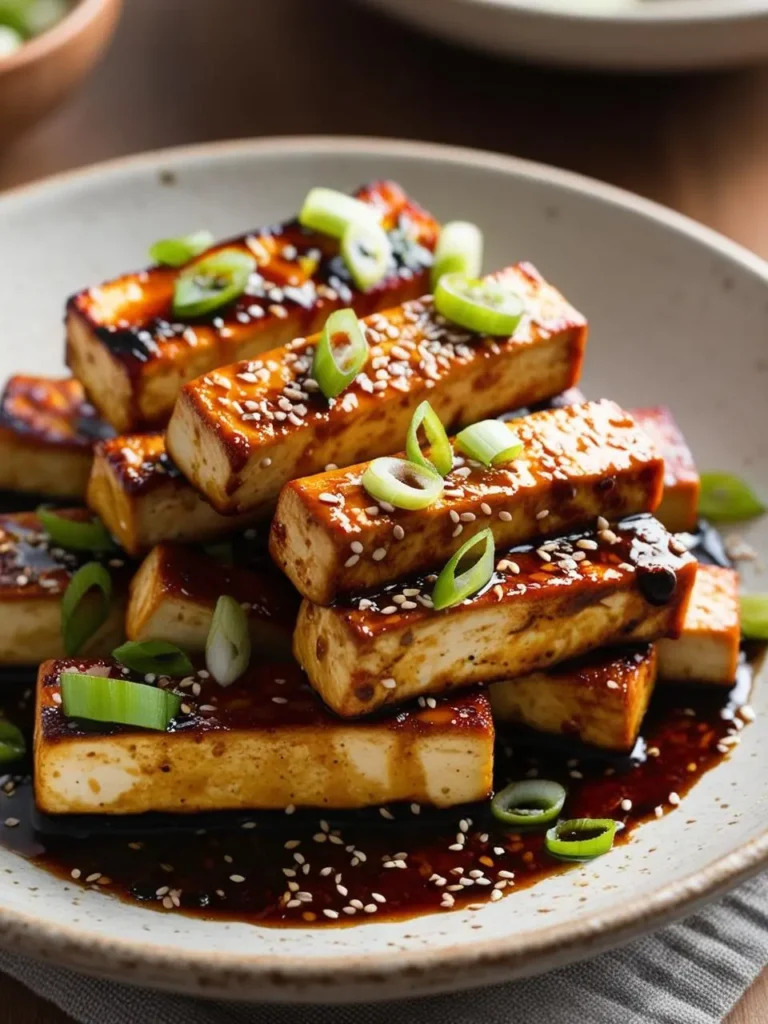
Vegan bulgogi is a delicious plant-based twist on the traditional Korean dish. It features marinated tofu that mimics the rich flavors of beef bulgogi. The dish is both tasty and easy to prepare, making it perfect for anyone looking to enjoy a vegan meal.
To make vegan bulgogi with tofu, follow these simple steps:
- Prepare the tofu: Press and slice the tofu into thin strips. This helps it absorb the marinade better.
- Make the marinade: In a bowl, mix soy sauce, garlic, ginger, sugar, sesame oil, and fresh black pepper.
- Marinate the tofu: Add the tofu strips to the marinade and let them soak for at least 30 minutes. For best results, refrigerate for a few hours.
- Cook the tofu: Heat a pan over medium-high heat. Add the marinated tofu and cook for about 7-10 minutes, turning occasionally until golden brown.
- Serve: Garnish with sliced green onions and sesame seeds. Enjoy the bulgogi with rice or in a wrap with fresh veggies.
This vegan bulgogi provides a satisfying meal that’s quick to make and packed with flavor.
7. Chicken Bulgogi
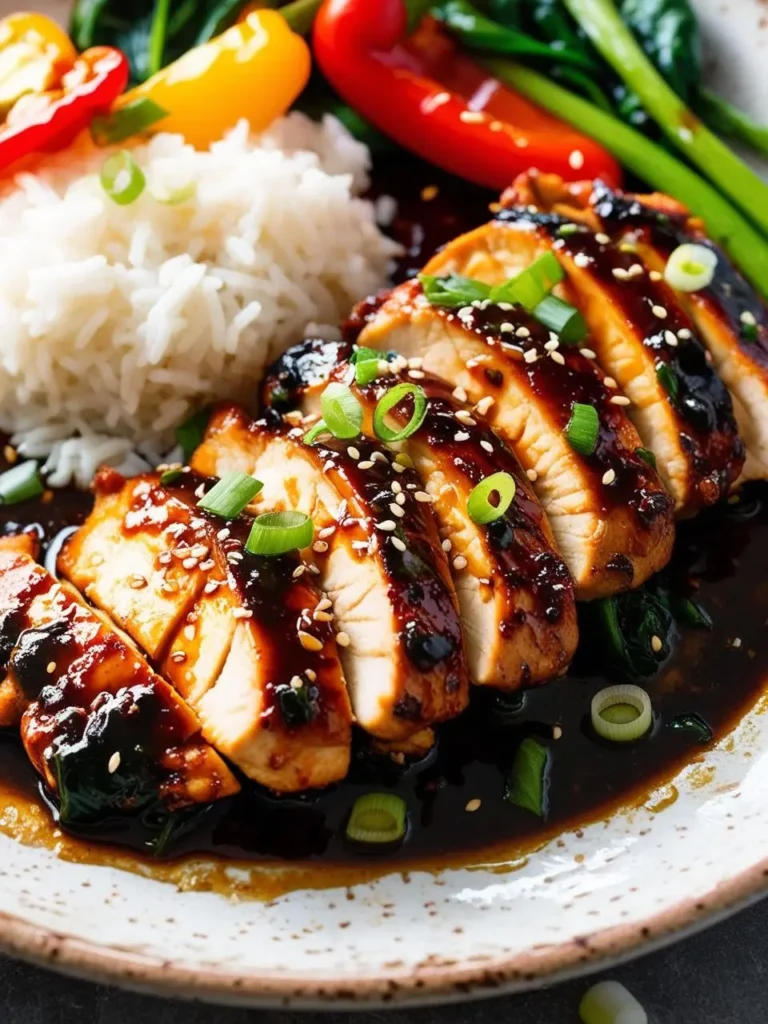
Chicken Bulgogi is a delicious Korean dish made with marinated chicken that is grilled or stir-fried. The marinade usually includes ingredients like soy sauce, sugar, sesame oil, garlic, and onion. This dish is a great option for those who prefer chicken over beef.
I find Chicken Bulgogi easy to make. The cooking process is straightforward and can be done in about 30 minutes.
Here are the steps I follow:
- Prepare the Marinade: I mix soy sauce, sugar, sesame oil, minced garlic, and sliced onions in a bowl.
- Marinate the Chicken: I cut the chicken into thin slices and add it to the marinade. Then, I let it sit for at least 15 minutes.
- Cook: I heat a skillet over medium-high heat and add the marinated chicken. I cook it for about 5-7 minutes until it’s no longer pink and has a nice char.
- Serve: I like to serve it with rice and some fresh vegetables.
Chicken Bulgogi is tasty and packed with flavor, making it a favorite in my kitchen.
8. Bulgogi Lettuce Wraps
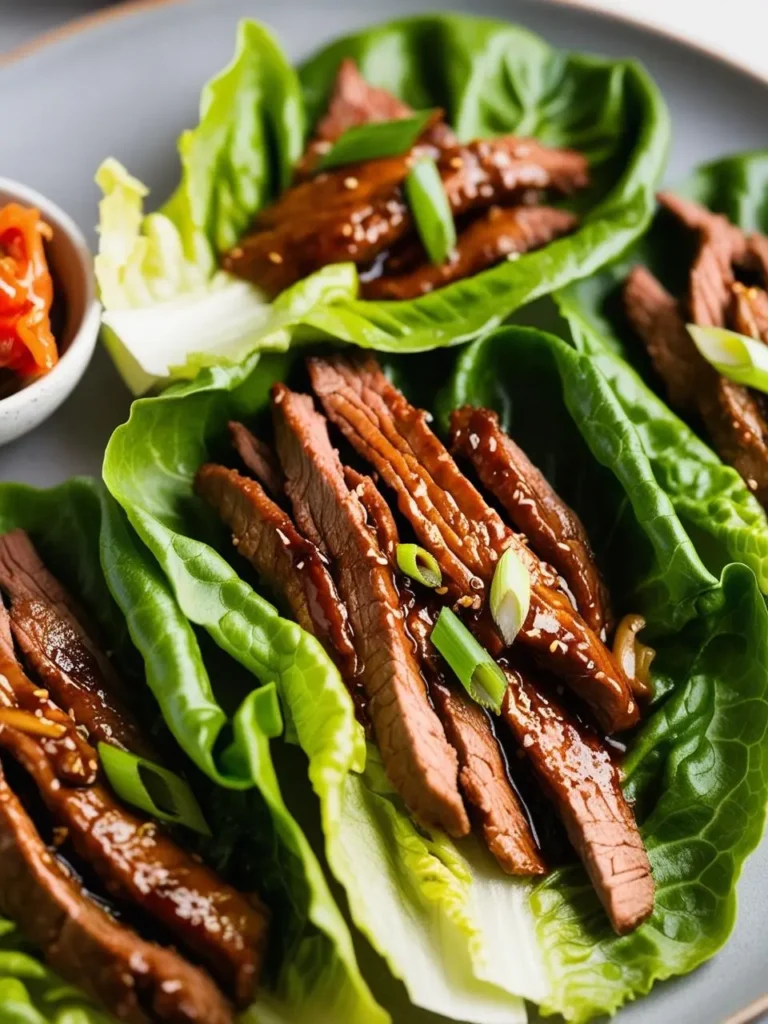
Bulgogi lettuce wraps are a delicious way to enjoy marinated beef. The word “bulgogi” means “fire meat” in Korean. This dish features thinly sliced beef marinated in a mix of soy sauce, sugar, sesame oil, and garlic.
Making bulgogi lettuce wraps is easy and quick. I love how you can prepare them in under 30 minutes.
To make them, follow these simple steps:
- Marinate 1 pound of thinly sliced beef in a mixture of 1/4 cup soy sauce, 2 tablespoons sugar, 1 tablespoon sesame oil, and minced garlic for at least 15 minutes.
- Heat a skillet over medium-high heat.
- Cook the marinated beef for about 5-7 minutes until it’s browned and cooked through.
- Prepare lettuce leaves for wrapping. I usually use romaine or butter lettuce for their size and texture.
- Spoon the cooked bulgogi into the lettuce leaves. Add toppings like sliced green onions or kimchi if desired.
- Wrap the lettuce around the beef and enjoy.
These wraps are not only tasty but also a fun dish to share with friends.
What Is the History of Bulgogi?
Bulgogi is not just a dish; it carries a rich history that reflects Korean culture and culinary evolution. Understanding its origins and how it evolved over time provides valuable insights into why it continues to be a beloved meal today.
What Are the Origins and Cultural Significance of Bulgogi?
The origins of bulgogi trace back over 1,500 years in Korea. Initially known as “maekjeok,” this dish consisted of grilled beef seasoned with spices. The word “bulgogi” itself means “fire meat,” emphasizing its method of preparation over an open flame.
Bulgogi has cultural significance as it represents the communal spirit of Korean dining. Traditionally, families gather around a grill, sharing food and stories. This dish symbolizes hospitality, becoming a staple at celebrations and gatherings. The marinade, often made with soy sauce, garlic, and sugar, reflects the balance of flavors in Korean cuisine.
How Has Bulgogi Evolved Over Time?
Over the centuries, bulgogi has transformed significantly. In the early days, it featured simple seasoning. As Korea experienced changes in society and trade, so did the recipe. New ingredients were introduced, creating variations that included vegetables and other meats.
In modern times, I see bulgogi in many forms. It appears in restaurants, grocery stores, and even as a ready-to-cook product. The rise of Korean cuisine globally has led to adaptations, including vegetarian versions. Despite these changes, the essence of bulgogi remains intact, showcasing its enduring appeal and adaptability.
What Are the Essential Ingredients for Authentic Bulgogi?
To make authentic bulgogi, selecting the right ingredients is key. Each component plays a vital role in creating the unique flavor that bulgogi is known for. Below, I will detail the essential spices and marinades used in this popular dish.
What Are the Key Spices and Marinades for Bulgogi?
The marinade is central to bulgogi’s rich flavor. I use soy sauce as the base, adding depth and saltiness. For sweetness, I incorporate sugar or honey, which balances the saltiness of the soy sauce.
Sesame oil is crucial, providing a nutty aroma and taste. I also add minced garlic and ginger to enhance the flavor profile.
Finally, I include black pepper for a slight kick and pear or apple puree for tenderizing the meat while adding a subtle sweetness. Each of these ingredients works together to create that signature bulgogi taste, essential for a truly authentic dish.
What Are the Health Benefits of Bulgogi?
Bulgogi is not only delicious but also offers several health benefits. Made primarily from beef, it provides high-quality protein, which is essential for muscle growth and repair.
The marinade typically includes soy sauce, garlic, and sesame oil. These ingredients add flavor and several health benefits:
- Soy sauce: It contains antioxidants and can help reduce inflammation.
- Garlic: Known for boosting the immune system, it may also lower blood pressure.
- Sesame oil: Rich in healthy fats, it is good for heart health.
Bulgogi can also be a great source of vitamins and minerals. When I add vegetables like carrots and onions to the dish, I increase its nutritional value. These veggies contribute fiber, which aids digestion.
Another advantage is that bulgogi can be made with lean cuts of beef. This reduces saturated fat intake, making it a healthier option compared to other meat dishes.
When cooked properly, gamma irradiation can enhance food safety and extend shelf life without compromising taste. This method can keep bulgogi safe to eat while maintaining its delicious flavor (Gamma irradiation benefits).
Overall, enjoying bulgogi can fit well into a balanced diet, providing essential nutrients while satisfying my taste buds.
